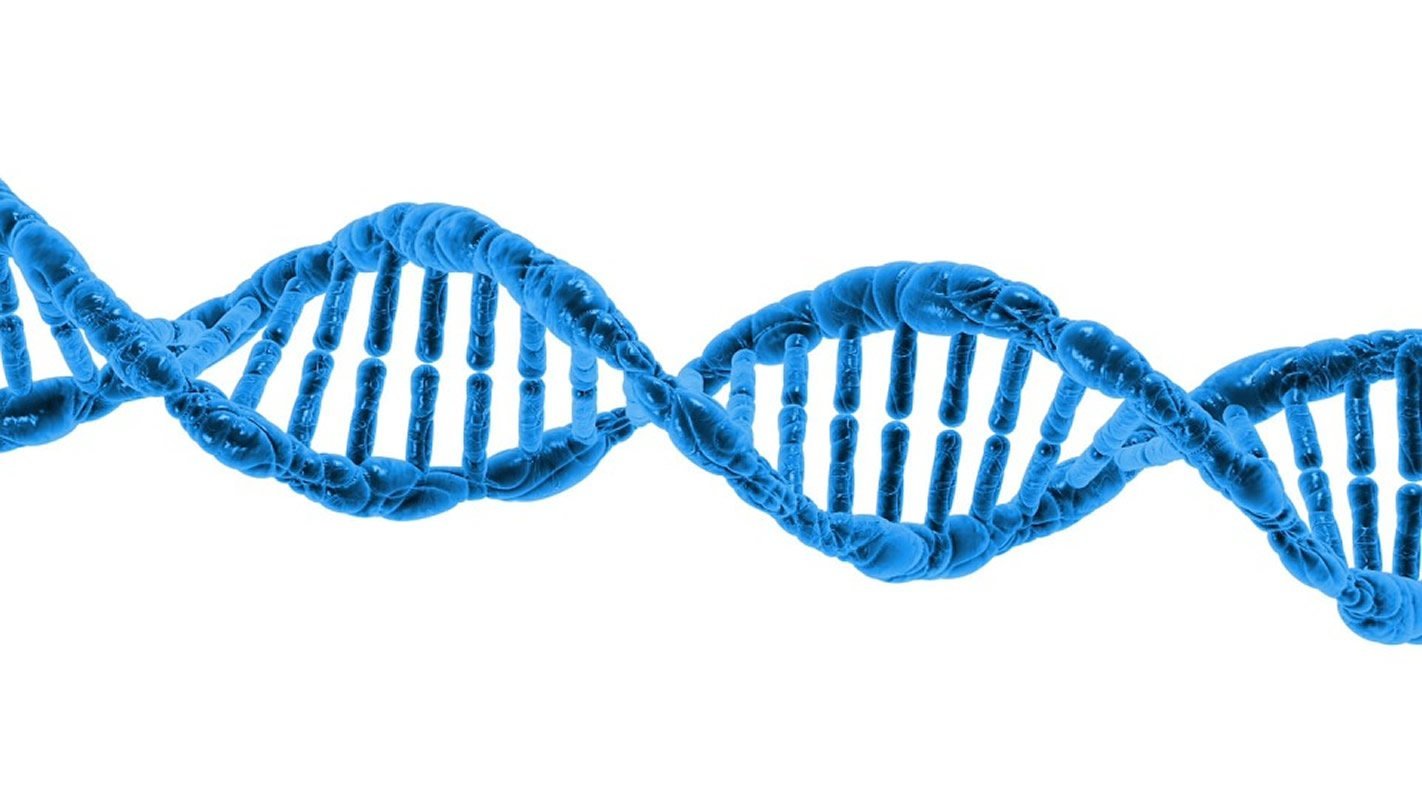Summary: A large, genome-wide study in children reveals genetic variants associated with differing levels of antibodies produced as a result of three common childhood vaccinations. Researchers identified two genetic loci associated with the persistence of vaccine-induced immunity following early life vaccinations. The results may help clinicians tailor personalized vaccine schedules to maximize the effectiveness of immunizations.
Source: Cell Press
A genome-wide search in thousands of children in the UK and Netherlands has revealed genetic variants associated with differing levels of protective antibodies produced after routine childhood immunizations. The findings, appearing June 11 in the journal Cell Reports, may inform the development of new vaccine strategies and could lead to personalized vaccination schedules to maximize vaccine effectiveness.
“This study is the first to use a genome-wide genotyping approach, assessing several million genetic variants, to investigate the genetic determinants of immune responses to three routine childhood vaccines,” says Daniel O’Connor of the University of Oxford, who is co-first author on the paper along with Eileen Png of the Genome Institute of Singapore. “While this study is a good start, it also clearly demonstrates that more work is needed to fully describe the complex genetics involved in vaccine responses, and to achieve this aim we will need to study many more individuals.”
Vaccines have revolutionized public health, preventing millions of deaths each year, particularly in childhood. The maintenance of antibody levels in the blood is essential for continued vaccine-induced protection against pathogens. Yet there is considerable variability in the magnitude and persistence of vaccine-induced immunity. Moreover, antibody levels rapidly wane following immunization with certain vaccines in early infancy, so boosters are required to sustain protection.
“Evoking robust and sustained vaccine-induced immunity from early life is a crucial component of global health initiatives to combat the burden of infectious disease,” O’Connor says. “The mechanisms underlying the persistence of antibody is of major interest, since effectiveness and acceptability of vaccines would be improved if protection were sustained after infant immunization without the need for repeated boosting through childhood.”
Vaccine responses and the persistence of immunity are determined by various factors, including age, sex, ethnicity, microbiota, nutritional status, and infectious diseases. Twin studies have also shown vaccine-induced immunity to be highly heritable, and recent studies have started to unpick the genetic components underlying this complex trait.
To explore genetic factors that determine the persistence of immunity, O’Connor and colleagues carried out a genome-wide association study of 3,602 children in the UK and Netherlands. The researchers focused on three routine childhood vaccines that protect against life-threatening bacterial infections: capsular group C meningococcal (MenC), Haemophilus influenzae type b (Hib), and tetanus toxoid (TT) vaccines. They analyzed approximately 6.7 million genetic variants affecting a single DNA building block, known as single nucleotide polymorphisms (SNPs), associated with vaccine-induced antibody levels in the blood.

The researchers identified two genetic loci associated with the persistence of vaccine-induced immunity following childhood immunization. The persistence of MenC immunity is associated with SNPs in a genomic region containing a family of signal-regulatory proteins, which are involved in immunological signaling. Meanwhile, the persistence of TT-specific immunity is associated with SNPs in the human leukocyte antigen (HLA) locus. HLA molecules present peptides to T cells, which in turn induce B cells to produce antibodies.
These variants likely account for only a small portion of the genetic determinants of persistence of vaccine-induced immunity. Moreover, it is unclear whether the findings apply to other ethnic populations besides Caucasians from the UK and Netherlands. But according to the authors, neonatal screening approaches could soon incorporate genetic risk factors that predict the persistence of immunity, paving the way for personalized vaccine regimens.
“We are now carrying out in-depth investigations into the biology of the genetic variants we described in this study,” O’Connor says. “We also planned further research, in larger cohorts of children and other populations that benefit from vaccination, to further our understanding of how our genetic makeup shapes vaccine responses.”
Funding: This work received funding from the European Union’s Seventh Framework Programme.
GlaxoSmithKline Biologicals was provided the opportunity to review a preliminary version of this manuscript for factual accuracy, but the authors are solely responsible for final content and interpretation. The authors received no financial support or other form of compensation related to the development of the manuscript.
Source:
Cell Press
Media Contacts:
Carly Britton – Cell Press
Image Source:
The image is in the public domain.
Original Research: Open access
“Common Genetic Variations Associated with the Persistence of Immunity following Childhood Immunization”. Daniel O’Connorn, Eileen Png, Chiea Chuen Khor, Matthew D. Snape, Adrian V.S. Hill, Fiona van der Klis, Clive Hoggart, Michael Levin, Martin L. Hibberd, Andrew J. Pollard.
Cell Reports. doi:10.1016/j.celrep.2019.05.053
Abstract
Common Genetic Variations Associated with the Persistence of Immunity following Childhood Immunization
Highlights
• Signal-regulatory proteins locus associated with the persistence of MenC immunity
• SNPs within the HLA locus associated with persistence of TT-specific immunity
• Classical HLA alleles associated with TT-specific immunity, independently of lead SNPs
Summary
Vaccines have revolutionized public health, preventing millions of deaths each year, particularly in childhood. Yet, there is considerable variability in the magnitude and persistence of vaccine-induced immunity. Maintenance of specific antibody is essential for continuity of vaccine-induced serological protection. We conducted a genome-wide association study into the persistence of immunity to three childhood vaccines: capsular group C meningococcal (MenC), Haemophilus influenzae type b, and tetanus toxoid (TT) vaccines. We detail associations between variants in a locus containing a family of signal-regulatory proteins and the persistence MenC immunity. We postulate a regulatory role for the lead SNP, with supporting epigenetic and expression quantitative trait loci data. Furthermore, we define associations between SNPs in the human leukocyte antigen (HLA) locus and the persistence of TT-specific immunity. Moreover, we describe four classical HLA alleles, HLA DRB1∗0301, HLA DQB1∗0201, HLA DQB1∗0602, and HLA DRB1∗1501, associated with TT-specific immunity, independent of the lead SNP association.






